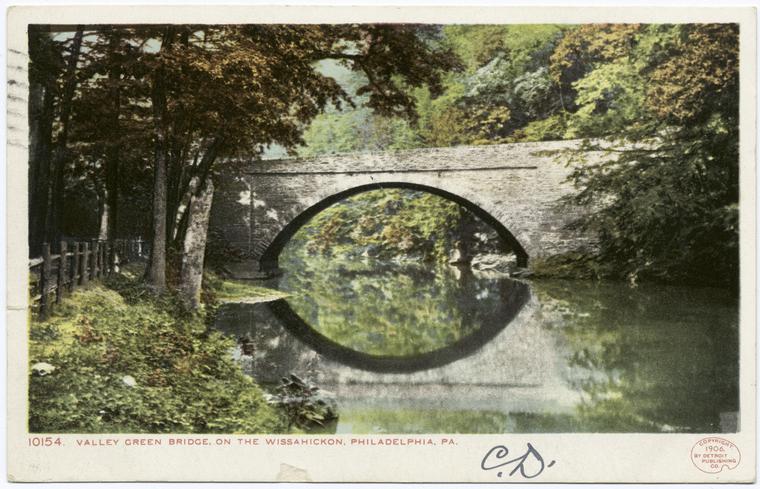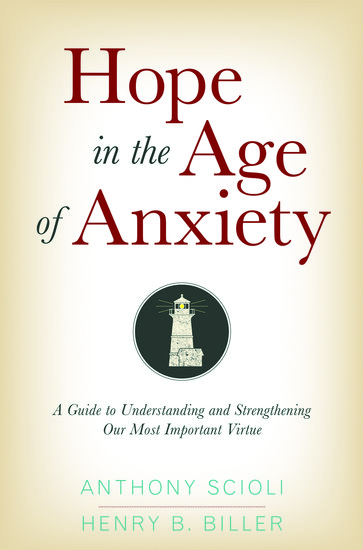By Anthony Scioli
Spring and hope are intertwined in the mind, body, and soul. In spring, nature conspires with biology and psychology to spark the basic needs that underlie hope: attachment, mastery, survival, and spirituality. It is true that hope doesn’t melt away in the summer; it isn’t rendered fallow in autumn nor does it perish in the deep freeze of winter. But none of these other seasons can match the bounty of hope that greets us in the spring. My reflections on hope and the spring season are cast in terms of metaphors.
Mind Metaphors
More than three decades ago, linguist George Lakoff and philosopher Mark Johnson demonstrated how metaphors can reveal the inner structure of private feelings. For example, when we refer to “high hopes,” we are revealing something about the phenomenology of the hope experience, that it is “buoyant,” “uplifting,” even “energizing.”
Metaphors of Hope
My research as well as that of psychologists Shlomo Breznitz and James Averill has identified a number of hope metaphors. Below are the four most striking examples.
Light and Heat
Hope has been compared to light and heat. Karl Menninger called hope the “indispensable flame” of mental health. English writer Martin F. Tupper wrote, “though the breath of disappointment should chill the sanguine heart, speedily it glows again, warmed by the live embers of hope.”
Spring also brings added light and heat, sometimes so suddenly that we speak of a virtual “spring fever.” The first day of spring marks the vernal equinox, a balance of daylight and darkness. In the Northern Hemisphere this amounts to an average increase of three hours of light since the winter solstice, roughly a 20% gain. With increased light come a host of direct and indirect effects that improve mood and engender hope. Most directly, increased serotonin is produced. Serotonin is a major excitatory neurotransmitter in the nervous system, and the target of many antidepressant drugs. Among the indirect effects of spring on mood are increased exercise, and the physically related but psychologically distinct activities of gardening and farming.
Like spring, hope is also a 50-50 proposition. If our odds of achieving a particular outcome fall to less than fifty percent, we tend towards “despair.” If we are more than fifty percent certain of an outcome, we become “optimistic.” When psychologist James Averill and his colleagues surveyed individuals about their chances of realizing various hopes, the average response was fifty percent. For this reason, I believe that some kind of faith, not necessarily the religious type, but something essentially “spiritual,” must be present to ground our hopes.

A Bridge
Hope has been likened to a bridge that can actively transport the individual from darkness to light, from entrapment to liberation, from evil to salvation. Aristotle likened hope to “a waking dream.” Samuel Johnson observed that “the natural flights of the human mind are not from pleasure to pleasure, but from hope to hope.” The French writer, François de La Rochefoucauld, added that hope can “lead us to the end of our lives by an agreeable route.”
Spring provides a bridge from the barren darkness of winter to the bright warmth of summer. The increased light points us toward the summer solstice. The softening earth invites us to plant seeds that will be transformed into flowers and fruits. The dormant grass comes alive to dot the fields and hillsides, and jogs our memory of the greener tapestry to come. Buds adorn the trees and bushes, with the promise of an even lusher backdrop.
True hope is never passive; it is always ready for “spring-time”. The philosopher Gabriel Marcel referred to the “active waiting” that is sometimes required as part of the work of hope. In my own research, I have found that more hopeful individuals are more likely to be in the active stages of change with respect to incorporating a healthier diet and more exercise into their daily routines.
A Healing Agent
Hope has been touted as “the best medicine.” Norman Cousins opined “the patient’s hopes are the physician’s secret weapon. They are the hidden ingredients in any prescription.” While anecdotes outnumber rigorous empirical studies, there is enough evidence to suggest that a hopeful attitude has a real and measurable impact on health.
The healing potential of spring is undeniable, from effecting the remission of Seasonal Affective Disorder to the increased production of Vitamin D. Once ignored, Vitamin D has become a staple of annual physical exams and a critical part of the healing regimen for cancer survivors. Vitamin D is involved in promoting bone health, proper cell differentiation, and boosting immunity.
Like spring, hope is a potent ally in sustaining health and recovering from illness. This is because hope is made collectively from the same bio-psycho-social “stuff” that investigators have separately associated with wellbeing (perceived control, social support, self-regulation, and spirituality). A survey of oncologists revealed that more than 90 percent cited hope as the primary psychological factor that impacts mortality. In one of my studies, I found that HIV+ individuals who were more hopeful, were less likely to miss doses of medication, and were independently rated by their case manager as more committed to sustaining their health.
A Harbor
Hope can also refer to a safe harbor or haven. In the Oxford English Dictionary, one of the earliest definitions of hope is that of “a protected island in the middle of a wasteland.” American writer Barbara Kingsolver advised, “The very least you can do in your life is figure out what you hope for. And the most you can do is live inside that hope. Not admire it from a distance, but live right in it, under its roof.”
Spring restores nature’s niches, calling out the hibernating land animals, and offering a homecoming to hundreds of bird species as well as the humpback whales that left their breeding grounds for the winter. As human beings, we too are called back to nature, to walk, hike, work in the yard, and prepare the deck or patio for a second home under the open sky.
Hope is also linked to a trusted bond. A good attachment is the linchpin which fuels all of the other hopes of humanity (mastery, survival, and spirituality). Until quite recently, psychology has paid little attention to the human need for contact with nature. A rare exception was Rollo May who suggested there is inevitable regret when human beings go too long without an immersion in nature. In an intriguing book on personality theory, Robert Hogan noted that humans often go to great lengths to recreate a replica of the green temperate context from which they evolved. Environmental psychology, a relatively new field, is now reinforcing these insights. One study showed that children attending a school with windows overlooking nature were less aggressive, less likely to be labeled as ADD, and more attentive in the classroom.
Concluding Thoughts
Spring calls us back to nature, fills our sails with warmer winds, soothes our weary bones, and lifts our spirits. Spring is full of psychic potential because it satisfies the four basic motives that underlie hope. Perhaps this is what prompted Bern Williams to offer one of most succinct reflections on hope and spring: “The day the Lord created hope was probably the same day he created spring.”
Anthony Scioli is professor of psychology at Keene State College and adjunct member of the graduate faculty at the University of Rhode Island. He is the author of Hope in the Age of Anxiety with Henry Biller and other publications on the nature of hope. He can be contacted at tscioli[at]keene[dot]edu.
Subscribe to the OUPblog via email or RSS.
Subscribe to only psychology articles on the OUPblog via email or RSS.
View more about this book on the ![]()
![]()


[…] Psychology and the Psychology of Religion and Spirituality. Read his previous blog articles: “Why spring is the season of hope” and “Contrasting profiles in […]